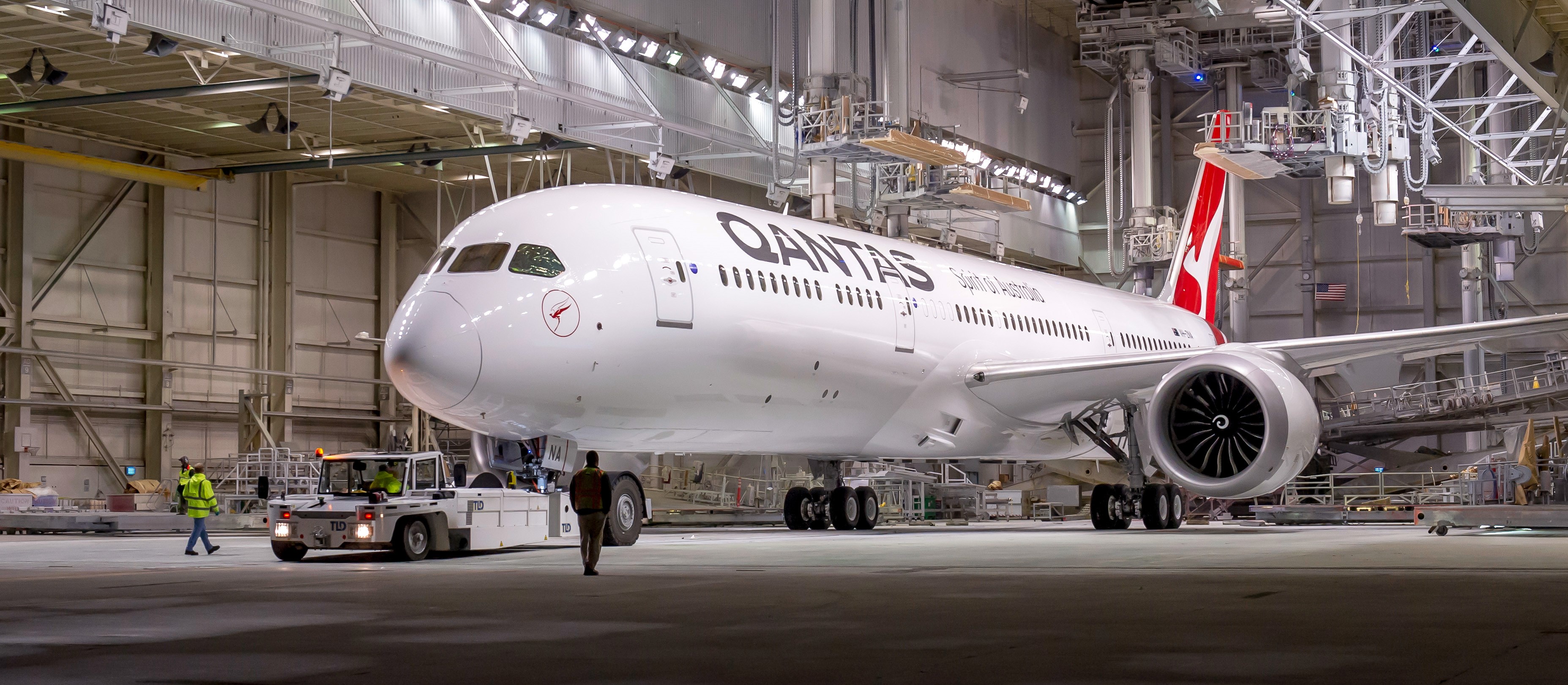The ambition to use new generation aircraft design and technology to introduce nonstop commercial flights from east coast of Australia (Brisbane, Sydney and Melbourne) to London and New York certainly sounds exciting, but the question remains: do passengers really want to sit on an aircraft for 19 hours. Ultra-long-haul is already here today - Qatar Airways flies from Doha to Auckland and Singapore Airlines from Singapore to New York and Qantas has its own experiences from the Kangaroo route - but the debate remains on the 'nonstop versus transit?' question. After all, the Gulf carriers have successfully grown based on the flight connection model.
Qantas is making considerate progress with 'Project Sunrise'. While, the media may constantly be pushing its Group CEO Alan Joyce for answers, the airline is sticking to a thoughtful timetable that is looking at all aspects of the customer experience. And, there are still question marks from manufacturers Airbus and Boeing about the performance of its aircraft meeting the carrier's precise needs.
To learn more about the operating the two ultra-long-haul routes Qantas has confirmed that it will use the delivery flights of three Boeing 787-9 Dreamliners later this year to research the routes first hand to gather new data about inflight passenger and crew health and wellbeing. Rather than making the 'short' hop across the Pacific directly from Boeing's manufacturing plants, two aircraft will instead be ferried to New York and one to London to operate special nonstop flights to Sydney, before entering commercial scheduled service.

This will represent the world's first flight by a commercial airline direct from New York to Sydney and only the second time a commercial airline has flown direct from London to Sydney (Qantas once flew nonstop from London to Sydney in 1989 to mark the entry into service of the 747-400 with a specially fitted out version of the aircraft).
The flights will occur in October, November and December and will have a maximum of 40 passengers, including crew, to minimise weight and ensure necessary fuel range. Onboard research will be conducted in partnership with Sydney University and Monash University in conjunction with CRC for Alertness, Safety and Productivity.
Qantas says 'passengers', which will mainly be Qantas employees, and crew on board will be fitted with wearable technology devices and take part in specific experiences at varying stages of the approximately 19 hour services. They will be monitored for sleep patterns, food and beverage consumption, lighting, physical movement and inflight entertainment to assess impact on health, wellbeing and the body clock.
The Pilots will wear an electroencephalogram device to track brain wave patterns and monitor alertness, aiming to establish data to assist in building the optimum work and rest pattern for pilots operating ultra-long-haul services.
"Ultra-long-haul flying presents a lot of common sense questions about the comfort and wellbeing of passengers and crew. These flights are going to provide invaluable data to help answer them," says Mr Joyce.

"For customers, the key will be minimising jet lag and creating an environment where they are looking forward to a restful, enjoyable flight. For crew, it's about using scientific research to determine the best opportunities to promote alertness when they are on duty and maximise rest during their down time on these flights," he adds.
Qantas has already conducted data on passenger sleep strategies on its direct Perth-London service, and some of these initial findings will be assessed further as part of these dedicated research flights. Customer feedback on food choices, separate stretching and wellbeing zones and entertainment options will also be tested.
The airline is still expected to make a final decision on 'Project Sunrise' by the end of Dec-2019. It says Airbus and Boeing have both pitched aircraft (A350 and 777X) that are capable of operating the flights with a viable commercial payload, but any final decision will depend on aircraft economics, regulatory approvals and industrial agreements.
"There's plenty of enthusiasm for Sunrise, but it's not a foregone conclusion. This is ultimately a business decision and the economics have to stack up," highlights Mr Joyce. Going ahead with the ambitious flights will put Qantas in the history books forever and could ultimately also change the flying experience for passengers in the process.
Flying nonstop from the East Coast of Australia to London and New York is probably the final frontier in aviation and Qantas is clearly completing all the groundwork before making its final decision - a seismic shift in flying that will be one of the biggest 'yes/no' decisions made in the aviation business.